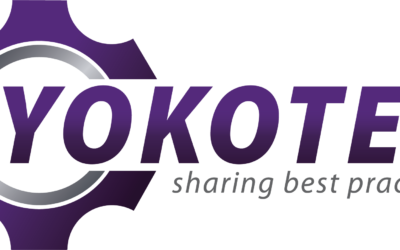#Accounting for Lean
Dear #CEO
What is Accounting for Lean?
Accounting for Lean is a necessary process in sustaining and providing value added management reporting during a complete enterprise transformation because it enables the proper functioning of valuestream structures as opposed to traditional functional organisational structures, which have too many internal competing non-disclosed KPI’s .
I will try to explain in another way.
👀 TPS is really about continuously reducing all non-value added activities (both behavioural and process) with the included intention of continually reducing the proportion of fixed costs to variable costs, in particular direct variable costs. Did that help?
You see, what they will not tell you is this.
💪 Doing real TPS is when your organisation is stable enough to focus on moving to being proactive and ultimately progressive in your planning and execution of events which will take place in the future and are to a major extent associated with achieving structural and sustainable competitiveness .
💪 Much of this is to do with working on reducing the percentage of fixed costs into our variable costs, which of course vary in line with planned and levelled production planning .
💪 This means fixed costs are not allocated as we do now, on some arbitrary basis but can actually be directly allocated to a volume based activity within a complete value stream.
💪 This has nothing to do with outsourcing your internal activities.
💪 This leads to a much higher degree of measuring the true cost of a product and provides direct management accountability for the team in the P&L of the value stream, which would normally have a grouping of processes or so called family of products.
💪 In effect accounting for lean accounts for a value stream and does not load the balance sheet with material reserves.
💪 Too much emphasis is placed on P&L and hiding the short term management thinking and decisions in the balance sheet. Look at value streams and cash flows.
🍒 If you are experiencing lead time problems today due to component shortages, the truth is it’s probably 80% due to your wasted non-performing activities and an outdated accounting system which is having a significant effect on delivering on time in turbulent supply-sided environment.
🍒 Yes, it’s a hard lesson, but pretend lean, leadership is really showing through now across companies across the globe.
So are you really doing Lean?
😲 I worked in financial management reporting and Due Diligence for 17 years and was also a Fellow of the Association of Certified Chartered Accountants, so linking lean accounting and accounting for lean with TPS and value stream structures is a subject I am interested in.
I also passionately believe that TPS is also fundamentally about really looking after employees and making their job easier and more engaging.
Please comment and share as Accounting for Lean (not the same as Lean Accounting) is not an easy subject.



